Circle is a particular shape and defined as the set of points in a plane placed at equal distance from a single point called the center of the circle. We use the circle formula to calculate the area, diameter, and circumference of a circle. Radius is half the length of a diameter of the circle.
Area of the circle describes the amount of space covered by the circle and the length of the boundary of the circle is known as its circumference. A circle is a simple shape that is the set of all points that are a fixed distance from a given point. A circle can be drawn with a compass or pen, or it can be described algebraically. The distance from a fixed point in a plane to a given point is called a radius. A circle is a special type of a sphere.
The fixed point is called the center of the circle. The distance from a point on a circle to the center is called the radius of the circle. The distance from a point on a circle to a line that is not part of the circle is called the diameter of the circle.
A circle with a radius of one is called a unit circle. It is a convenient way of representing a circle in Euclidean geometry. Any circle that is not a unit circle is called a non-unit circle. ◉ When calculating the area of a circle, the formula is pi x radius squared.
The truth is, though, that if you want to find the area of a circle you will need to know pi. When you're calculating the area of a pizza, for example, you will need to figure the diameter of the pizza, and then multiply that by pi. The same is true for the area of a cake or any other round object.
To determine the area of a circular object, you will need to measure the diameter of the circle. Once you have the diameter, you will need to use the formula for the area of a circle. In this example you need to calculate the volume of a very long, thin cylinder, that forms the inside of the pipe. The area of one end can be calculated using the formula for the area of a circle πr2. The diameter is 2cm, so the radius is 1cm.
The area is therefore π × 12, which is 3.14cm2. The perimeter and area of triangles, quadrilaterals , circles, arcs, sectors and composite shapes can all be calculated using relevant formulae. Fill the circle with radius r with concentric circles.
After cutting the circle along the indicated line in fig. 4 and spreading the lines, the result will be a triangle. The base of the triangle will be equal to the circumference of the circle, and its height will be equal to the radius of the circle. Thus, the area of a circle A is equal to pi times the radius squared. Finding the radius is not always easy, especially if you don't have the circle's center. You can calculate the area using the diameter instead.
The same formula applies as above, but you need first to calculate the radius of the circle. Simply divide the diameter by 2 to get the radius. The area of a circle is any space that the circle occupies on a flat surface. When we talk about the surface area of the circle, we are focusing on two-dimensional objects. When finding the circle area, there are three other measures that we take into consideration, including the circumference, diameter, and radius. All three calculations also help us fining the circle area.
For those having difficulty using formulas manually to find the area, circumference, radius and diameter of a circle, this circle calculator is just for you. The equations will be given below so you can see how the calculator obtains the values, but all you have to do is input the basic information. We have discussed till now the different parameters of the circle such as area, perimeter or circumference, radius and diameter.
Let us solve some problems based on these formulas to understand the concept of area and perimeter in a better way. As we know, the area of circle is equal to pi times square of its radius, i.e. π x r2. To find the area of circle we have to know the radius or diameter of the circle. When the length of the radius or diameter or even the circumference of the circle is already given, then we can use the surface formula to find out the surface area. The surface is represented in square units. The circle is divided into 16 equal sectors, and the sectors are arranged as shown in fig.
The area of the circle will be equal to that of the parallelogram-shaped figure formed by the sectors cut out from the circle. Since the sectors have equal area, each sector will have an equal arc length. The red coloured sectors will contribute to half of the circumference, and blue coloured sectors will contribute to the other half. If the number of sectors cut from the circle is increased, the parallelogram will eventually look like a rectangle with length equal to πr and breadth equal to r. Any geometrical shape has its own area. This area is the region that occupies the shape in a two-dimensional plane.
Now we will learn about the area of the circle. So the area covered by one complete cycle of the radius of the circle on a two-dimensional plane is the area of that circle. Now how can we calculate the area for any circular object or space? In this case, we use the formula for the circle's area. A circle is the set of points in a plane that are equidistant from a given point . The distance from the centeris called the radius, and the point is called the center.
Twice the radius is known as the diameter . The angle a circle subtends from its center is a full angle, equal to or radians. The calculator has several features allowing it to make surface calculations. Simply enter the desired value in the relevant box. Please use only numbers (e.g. enter 22 not 22 cm). If you try to enter a unit of measure (e.g. 22 metres, 4 miles, 10 cm) you will get an NAN error appear in each box.
When you have entered the number that you know, click the button on the right of that box to calculate all the other values. For example, if you know the volume of a sphere enter the value into the bottom box and then click the calculate button at bottom right. The area A is equal to pi times the circumference divided by 2 times pi, squared. Only a mathematician can genuinely understand the practical importance of formulas for calculating area, radius, diameter, or circle circumference. While most people think that formulas have no practical use, they are critical factors in many everyday life routines. Term Definition Area Area is the space within the perimeter of a two-dimensional figure.
Circle A circle is the set of all points at a specific distance from a given point in two dimensions. Diameter Diameter is the measure of the distance across the center of a circle. The diameter is equal to twice the measure of the radius. Lauren is planning her trip to London, and she wants to take a ride on the famous ferris wheel called the London Eye.
While researching facts about the giant ferris wheel, she learns that the radius of the circle measures approximately 68 meters. What is the approximate circumference of the ferris wheel? We'll give you a tour of the most essential pieces of information regarding the area of a circle, its diameter, and its radius. We'll learn how to find the area of a circle, talk about the area of a circle formula, and discuss the other branches of mathematics that use the very same equation. The perimeter of circle is nothing but the circumference, which is equal to twice of product of pi (π) and radius of circle, i.e., 2πr. In technical terms, a circle is a locus of a point moving around a fixed point at a fixed distance away from the point.
Basically, a circleis a closed curve with its outer line equidistant from the center. The fixed distance from the point is the radius of the circle. In real life, you will get many examples of the circle such as a wheel, pizzas, a circular ground, etc.
Now let us learn, what are the terms used in the case of a circle. Measure the central angle of the sector. Use a protractor to measure the central angle made by the two radii. Set the base of the protractor along one of the radii, with the central point of the protractor aligned with the center of the circle. Then read the angle measurement that corresponds with the position of the second radius forming the sector.
Since area is a measure of two dimensions, you always report area in square units like square inches or square feet . This is especially important when calculating the area of a circle for an assignment since an answer without correctly reported units is likely incorrect or incomplete. If you know the circumference, radius, or diameter of a circle, you can also find its area. Area represents the space enclosed within a circle. It's given in units of distance squared, such as cm2 or m2.
Thus, calculating the area of a circle with radius 3 is done by typing the following formula area_circle(`3`) , after calculation, the result `9pi` is returned. The area A is equal to pi times the diameter divided by 2, squared. In this method, we divide the circle into 16 equal sectors. The sectors are arranged in such a way that they form a rectangle. All sectors are similar in area, so hence all sectors' arc length would be equal. The circle's area would be the same as the area of the parallelogram shape or rectangle.
"R" is used to represent the radius of the circle. It is the distance of any line from the center of the circle to the circle's edge. You can also calculate the radius by dividing the diameter by 2. A perimeter of closed figures is defined as the length of its boundary. When it comes to circles, the perimeter is given using a different name.
It is called the "Circumference" of the circle. This circumference is the length of the boundary of the circle. If we open the circle to form a straight line, then the length of the straight line is the circumference. To define the circumference of the circle, knowledge of a term known as 'pi' is required. In some real world situations, you may not be able to measure the diameter or radius accurately. If the diameter is not drawn for you or the center is not identified, it can be difficult to approximate the center of a circle.
Pi (π) is a non-algebraic number that represents the ratio of the distance around the circle to its diameter, usually estimated as 3.14. To solve for area, square the radius then multiply by 3.14. The first step for calculating the area of a circle from its diameter is to find that diameter.
While math problems often list this value, in the real world, you must find the diameter yourself. The diameter is the length of a line that begins at the edge of the circle, passes through the center of the circle, and ends at the opposite edge of the circle. To measure, you will need a ruler for small circles or a tape measure for large circles. Find the total perimeter by adding the circumference of the semicircle and the lengths of the two legs. Since our measurement of the semi-circle's circumference is approximate, the perimeter will be an approximation also.
Now that you know how to calculate the circumference and area of a circle, you can use this knowledge to find the perimeter and area of composite figures. The trick to figuring out these types of problems is to identify shapes within the composite figure, calculate their individual dimensions, and then add them together. The o is the center point of the circle, and r is the radius.
Now the circle's circumference or perimeter would be precisely the rope's length that wraps around the circle. If you are given the radius of a circle, then finding the area is quite simple. All you need to do is square the radius and multiply it with the Pi symbol.
Although the value of π can be simplified to 3.14 for specific calculations, it is better to use the exact amount on a calculator. In this image, you can see 16 sectors, including 8 green and 8 blue ones. The green highlighted sectors represent the circle's half circumference while the other half of circumference is represented by blur highlighted ones. By increasing the number of the sectors cut from the circle, the parallelogram will change into a rectangle. The length of the rectangle would b equal to πr with a width equal to r. The surface Area of a circle is quite different from all other shapes because of the round nature.
However, there are many practical applications in everyday life where you need to calculate a circle area. The calculator for the circle area is not a complex one. All you need to know is the formula, and you can quickly understand the size of any circular object. Learn more about Trig identities on our website.
The distance around a rectangle or a square is as you might remember called the perimeter. The distance around a circle on the other hand is called the circumference . Hence, the concept of area as well as the perimeter is introduced in Maths, to figure out such scenarios. But, one common question that arises among most people is "does a circle have volume? Since a circle is a two-dimensional shape, it does not have volume. So, we don't have the volume of a circle.




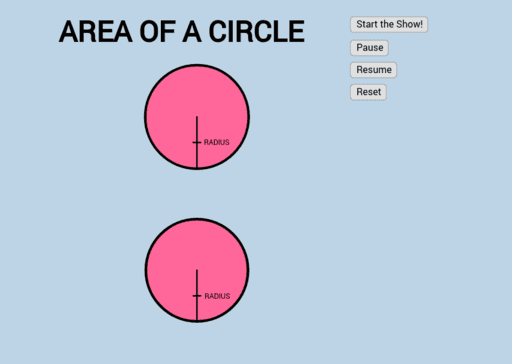

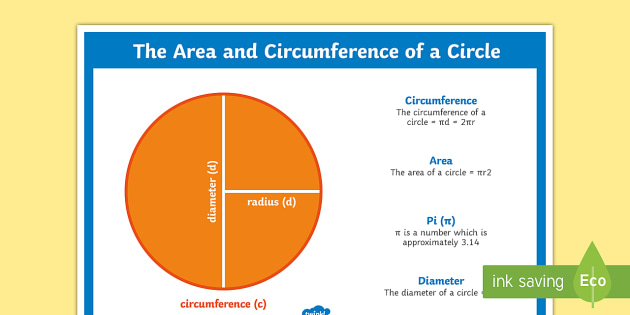
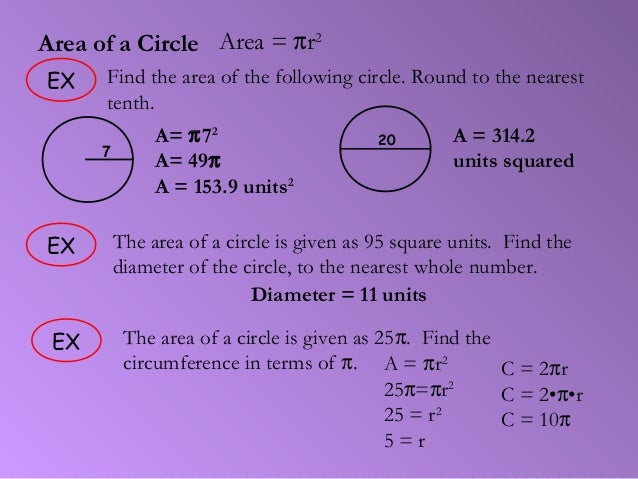
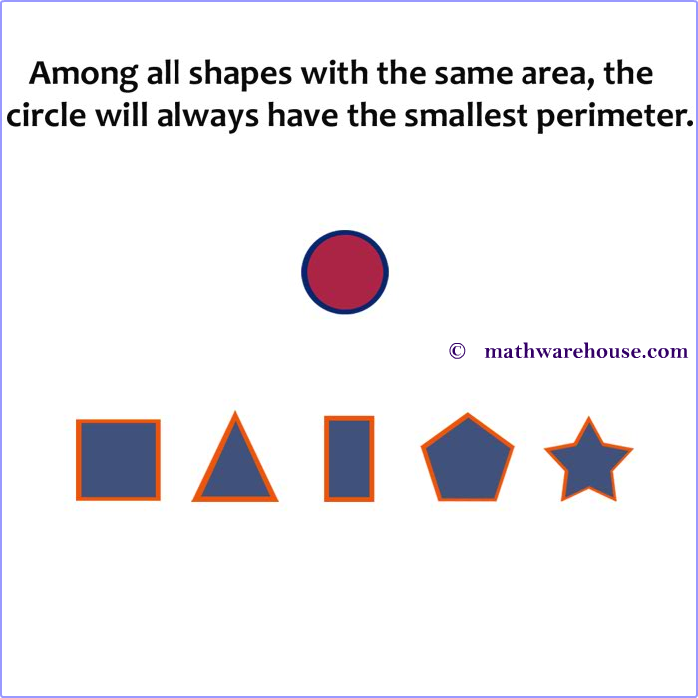

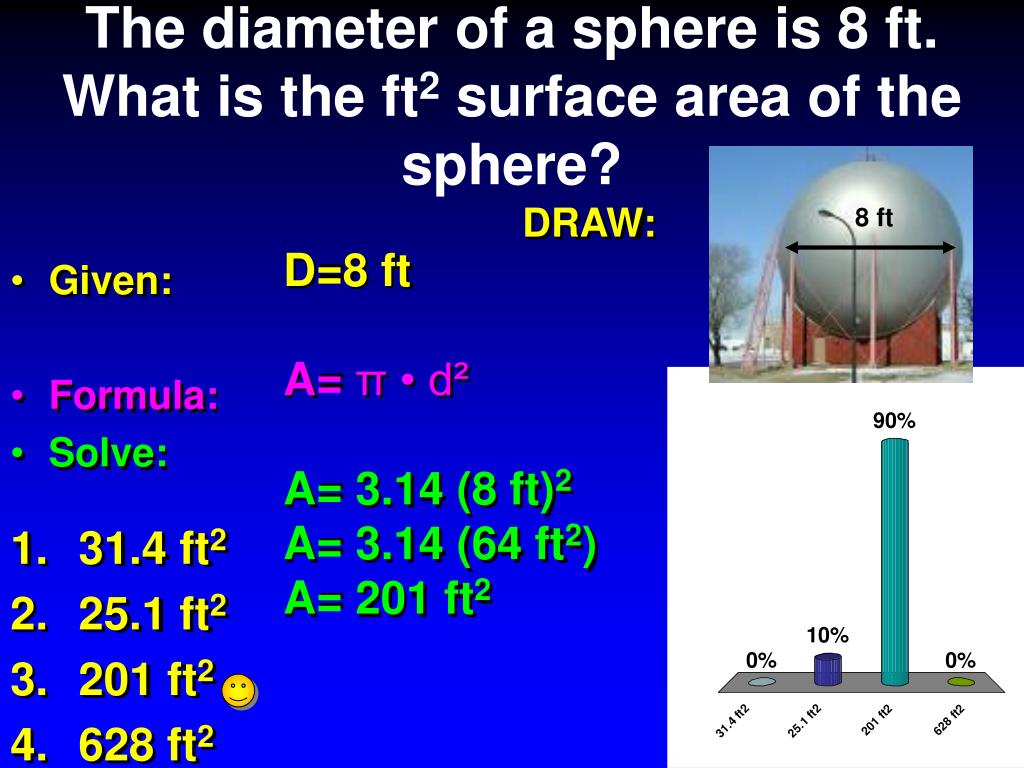
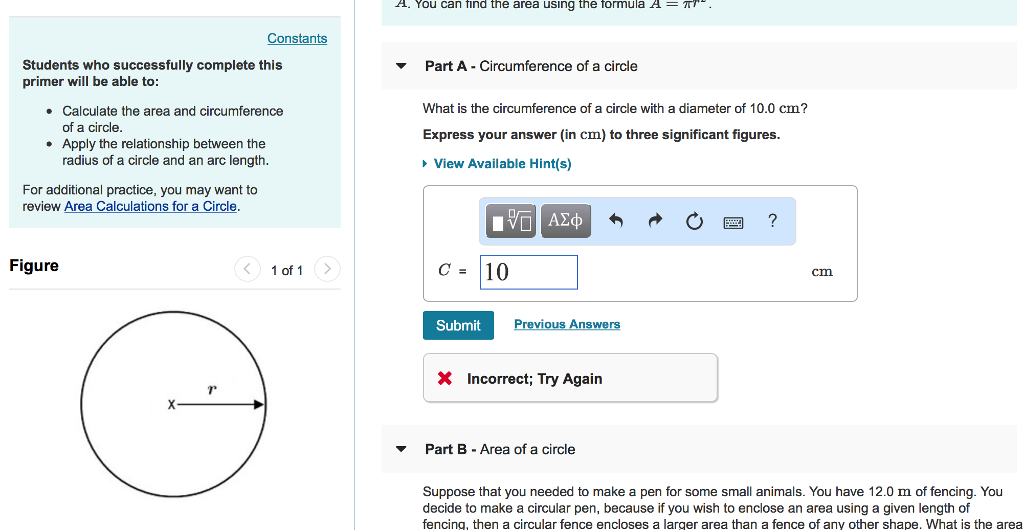













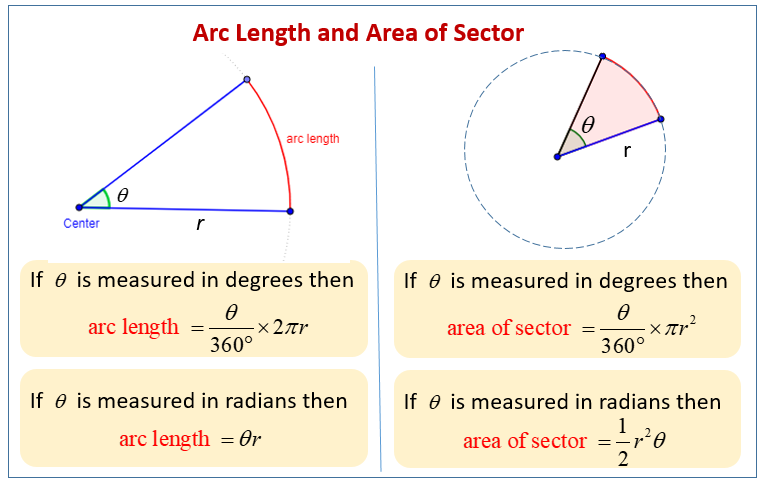




No comments:
Post a Comment
Note: Only a member of this blog may post a comment.